Marco Navarro asks about break-in oil on our Facebook page, with attention paid to powersports engines. Thanks for the question, Marco.
Let’s get to it.
Maintaining an engine is a constant fight against wear. Over time, wear not only results in expensive damage, it reduces compression, robbing your engine of power.
That’s why it can be tough to accept that “controlled wear” during a new or rebuilt engine’s break-in period is critical to maximizing its power and longevity.
What is break-in oil?
Break-in oil is specifically formulated to seal the piston rings against the cylinder wall for maximum engine compression and power. Break-in oils use conventional base oils without friction-modifier additives to allow controlled wear between the rings and cylinder wall.
They also contain zinc and phosphorus additives to protect the camshaft and other components during break in.
How is break-in oil different from regular oil?
Break-in oil is different from regular motor oil because, by design, it is supposed to allow the rings to wear down the peaks on the cylinder wall to form a good seal. Regular motor oil, in contrast, is designed to prevent wear.
Why use break-in oil?
Let’s take a deeper dive into the idea of “controlled wear.”
Sealing the piston rings when breaking in an engine requires allowing the rings and piston skirt to carefully wear down the peaks (called asperities) on the cylinder wall.
The images show what we mean.
Although a new or freshly honed cylinder appears smooth to the naked eye, it contains microscopic peaks and valleys. If the valleys are too deep, they collect excess oil, which burns during combustion and leads to oil consumption.
The sharp peaks, meanwhile, provide insufficient area to allow the rings to seat tightly. That means highly pressurized combustion gases can blow past the rings and into the crankcase, contaminating the oil and taking potential horsepower with it.
“Controlled wear” helps flatten the cylinder-wall asperities, providing increased surface area for the rings to seat tightly. The result is maximum compression (i.e. power) and minimum oil consumption.
Find out why championship engine builder Jesse Prather requires his customers to use AMSOIL Break-In Oil in his engines.
Camshaft break in
That brings us to another reason to break-in an engine: to season, or harden, the flat-tappet cam.
Flat-tappet cams can wear out faster than their roller-cam cousins, especially in engines modified with high-tension valve springs.
Worn lobes or tappets affect valve lift and duration, which reduces engine power and efficiency.
In extreme cases, increased pressure can remove material from the lobes and deposit it in the oil, where it circulates through the engine and causes damage. Using break-in oil helps harden the camshaft so it’s more resilient to wear.
That raises a critical question: How do we simultaneously allow controlled wear to the cylinder wall/piston rings while protecting the cam against wear?
Those two tasks seem mutually exclusive.
ZDDP protects the camshaft
The solution is to use a properly formulated break-in oil that contains conventional base oils and high-quality ZDDP additives.
Compared to their higher-quality synthetic counterparts, conventional base oils result in a thinner, less durable protective oil film on engine parts. The thinner fluid film allows controlled wear at the cylinder wall/ring interface.
What about the cam? Won’t it wear, too?
That’s where the additives come into play. Zinc and phosphorus anti-wear additives (usually referred to as ZDDP) are heat-activated, meaning they provide wear protection in areas of increased friction. In this case, it’s at the cam lobe/tappet interface.
The additives form a sacrificial layer on the surface of parts, which absorbs contact and helps prevent cam and tappet wear.
As a rule of thumb, a good break-in oil should contain at least 1,000 ppm ZDDP. At AMSOIL, we take it a few steps further; our Break-In Oil contains 2,200 ppm zinc and 2,000 ppm phosphorus.
When do I use break-in oil?
New cars and trucks don’t need break-in oil. The manufacturer will typically require you to drive under light-to-moderate load for a few hundred miles, then change oil. After that, you’re good to go.
Racers, competitors or gearheads using a rebuilt or new crate engine, however, should use break-in oil. Follow the engine builder’s directions or the instructions that came with the crate engine.
How long to run break-in oil?
Another rule of thumb states you should season a flat-tappet cam by running the engine above 2,500 rpm for 15 minutes.
As for seating the rings, our testing has shown it can take as few as seven dyno passes. That time varies depending on the engine, ring tension, cylinder hone and other factors.
Engine builder Jesse Prather used to run an engine 2-3 hours on the dyno to seat the rings…if they seated at all. Using AMSOIL Break-In Oil reduced that time to just 10-15 minutes.
If you don’t have access to a dyno, follow the engine builder’s or manufacturer’s recommendations. If none are provided, consult the recommendations on the break-in oil label.
In general, run the engine under light-to-moderate loads for about 500 miles. Again, that duration is a rule of thumb, but break in shouldn’t exceed 1,000 miles.
Then, drain the break-in oil, install the synthetic oil of your choice and commence driving.
An engine dyno provides the best method of determining exactly when the rings are seated. You’ll notice a boost in horsepower as the rings seat. Eventually, horsepower will stabilize once the rings are seated.
Check out 5 Ways to Boost Horsepower for Under $500.
You can also perform a leak-down test.
Another, albeit more time-consuming, method to determine if the rings are seated is to remove the exhaust headers and check for oil residue in the exhaust ports.
Presence of oil shows that the engine is burning oil, meaning the rings aren’t completely seated. Once the oil residue is gone, the rings are seated.

What about breaking in powersports engines?
Ask yourself a few questions about your motorcycle, ATV or other powersports application before using a break-in oil:
- Does it have a wet clutch? If so, the break-in oil may not be formulated for wet-clutch compatibility, leading to reduced performance.
- Does it use a shared sump with the transmission? Many motorcycles use one oil to lubricate the engine, transmission and primary chaincase. The churning action of transmission gears, especially in high-rpm applications, can tear apart – or shear – the oil if it’s not formulated to handle the stress. Using a break-in oil not designed to handle high-shear applications can lead to damage.
- Does it have a dry sump? Some motorcycles store motor oil in a tank separate from the engine. Residual break-in oil can collect in the system following the break-in period and contaminate the service-fill oil. In this case, run the engine long enough to circulate the oil throughout the system and change it a second time to ensure the break-in oil is completely removed.
Given the above challenges, we recommend breaking in a rebuilt powersports engine using the motor oil you’ve always used.
Run it according to the original equipment manufacturer’s (OEM) new-engine recommendation, then change the oil. In short, treat it like a new engine from the factory.
For new engines, just follow the OEM guidelines.
Typically they recommend a shorter interval for the first oil change to remove wear particles and contaminants from the factory. Then, change to the AMSOIL synthetic motor oil that’s recommended for your application and commence riding.
Originally published Sept. 25, 2017.
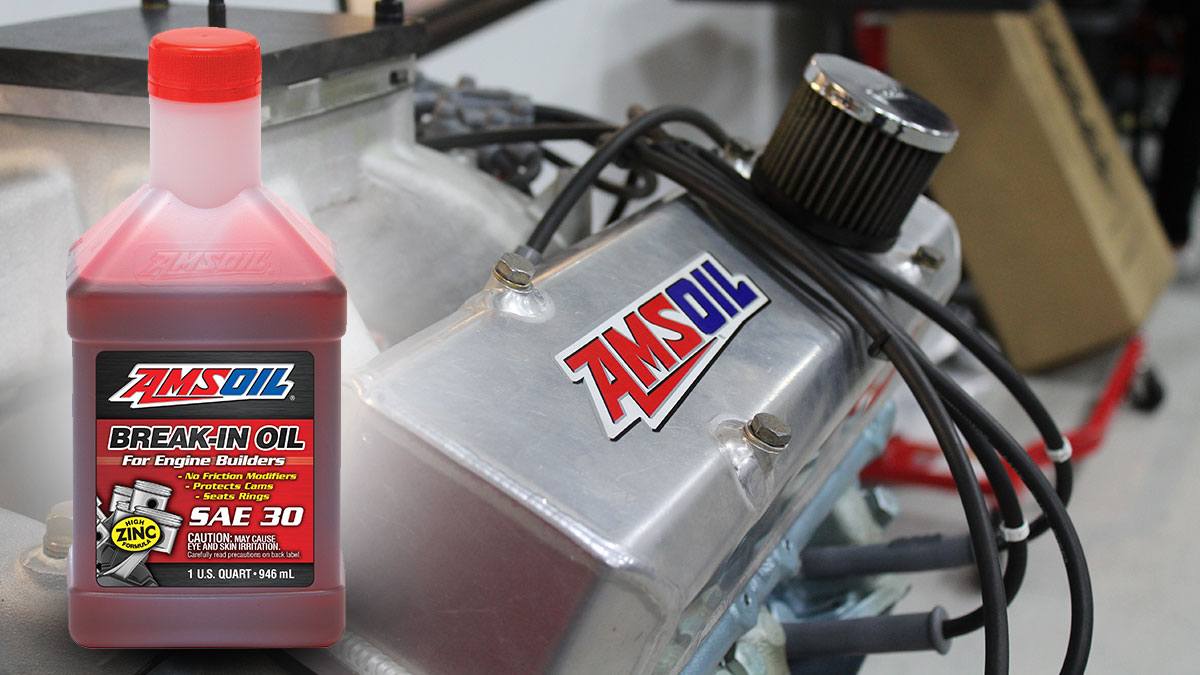
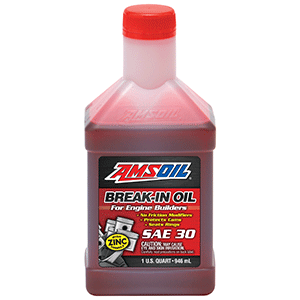


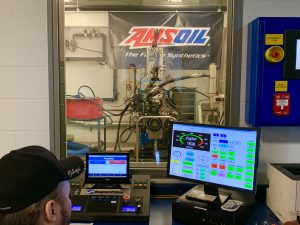
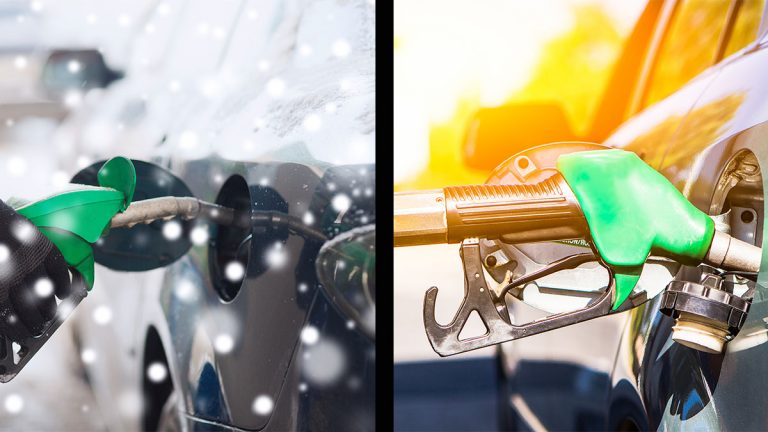


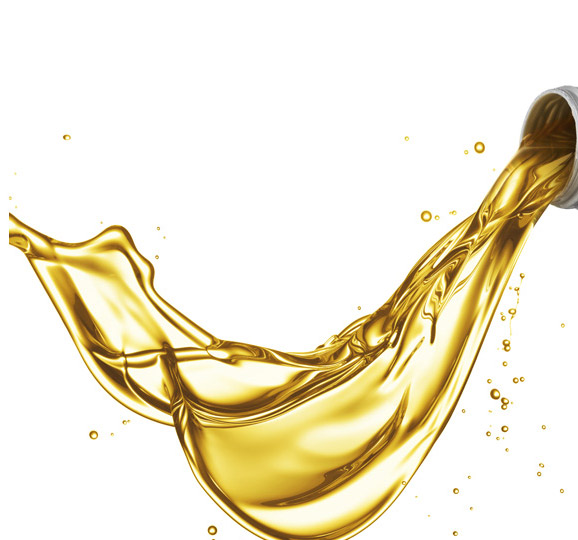
I’m putting a 38 cc 4 stroke bicycle engine on a bicycle and they swear you have to use break in oil I’ve never heard of this. I’ve worked on engines all my life that I just broke them in using the oil that they took. What has changed?
Hi Ronald,
Since you don’t have to worry about wet-clutch compatibility, a transmission or dry sump, we recommend following the engine manufacturer’s guidelines. If they want you to use a break-in oil, go ahead and use it. FYI – we offer AMSOIL Break-In Oil.
Thanks.
How about Suzuki Marine outboard engines? I am interested in an effective, safe, break in. these motors are dual overhead cam, VVT,shim under bucket “lifter” design.
Hi Andy,
If the engine is new and came from the factory with oil installed, follow the manufacturer’s recommended break-in procedure. Then drain the oil and install AMSOIL 10W-40 Synthetic Marine Engine Oil.
Thanks,
John
JOHN BAKER: You didn’t read my question #1.
EXPENSIVE Honda oil, specific to Goldwings, has a zinc%. I ride 20-30K miles per year I’m looking at cost savings alternatives.
What makes a “New Car” break-in procedure different ?
Is there a special break-in oil installed from the factory?
Can I change a new car oil imediately to an Amsoil Signature series
and still expect a good break in.? I would plan on changing that oil
at 500 miles.
Just curious.
Thanks for your time.
Thanks for sharing that piston rings are sealed against the cylinder wall with break-in oil. I like to know how something works before I buy it. That way I know how to fix it up myself and save money.
I may have a problem with a remanufactured 2012 3.7 Liter 5 cylinder Chevrolet Colorado that was not properly broken in. I believe it had a 5W-30 Full Synthetic put in it from the get go. While it seems to run fine it has oil consumption that started at 300 to 500 miles to a quart which is lately been accelerating to about 200 miles to a quart. The engine has about 19,000 miles on it since it was installed and I purchased it with about 500 miles on the engine.
My question is, can I go back to some type of break in oil and run it for awhile with an expectation that it may “rebreak in” or am I just out of luck and might as well install another remanufactured engine that I have sourced from Fraser Engines.
Years ago I had made the same mistake on a 500 CC vintage 1965 BMW motorcycle. The compression had dropped over 100 miles to where it was hard to start. I changed the synthetic to a old-fashioned oil, ran it hard for a couple hundred miles and it recovered its compression, luckily. However a year and 19,000 miles on this Chevy is a lot different. What would you advise?
Hi Bob,
Sure, you can give it a try, but temper your expectations. Just follow the instructions for break in on the oil label. You can also trying switching to a different brand of oil. Maybe your oil is highly volatile and is burning more readily than it should. Trying an oil change with, for example, AMSOIL Signature Series Synthetic Motor Oil, is much less expensive than a new motor.
Thanks,
John
Hi friend john..
I’ve struggles with a Suzuki grand Vitara 2000 cc engine 1999, I had rebuilt the engine with fully new parts ( rings, rod and main bearings…) without changing camshaft or crank or pistons… and I had added 1 bottle of 473 ml .. (RACING ZDDP .. TB ZINC-PLUS .. ENGINE BREAKE-IN OIL ADDITIVE)
1 bottle other normal oil at first start for 15 mins then I exit all the oil and put another 1 bottle of break in oil with normal 20-50 oil for 500km only then changed the oil with whole normal 20-50 oil and at 700km the engine mixed the oil and water .. so question is reason of oil water mixing from this break in oil ???
please help me and answer my question
Hi Mohammed,
I’m sorry to hear about the problem you’re having with your Vitara. More than likely, a bad head gasket or some other mechanical issue caused the problem, not the oil. Whether it occurred because of the rebuild or it was a preexisting condition, I can’t say. But you can rule out the oil as the source of the problem.
Good luck,
John
This break in oil ok for BMW alusil bore?
Hi Johnny,
Yes, AMSOIL Break-In Oil is perfectly safe for that application.
Thanks,
John
I have been using and selling AMSOIL products for about 18 years. I recently built a 496 BBC and used the “Break In” oil for the first time. It is going in a boat so it must be on the water to be under load. Ran set timing, O2 and let it get up to temp. Water tested for 2 hours and different RPMs. Pulled the oil filter and drained the oil. I am a little nervous when I looked at the oil. What should it look like? Getting ready to order a few oil analysis kits to be safe. Looked brown and thin, not red like I expected. Oil pressure is still very good.
Just sent in oil sample for analysis, I will post a update when I get results. Anyone else have input on what the oil looked like when removed?
2 part question: Curious about ‘break in’ oil and older engines.
My Goldwing is at 80K and it has a wet clutch but still concerned about the engines longevity.
Most dino & synthetics don’t have the required % of Zinc for my Goldwing.
1.) For say, by adding 4-8 oz of break in oil, will it suffice the zinc requirements without wet clutch damage?
2.) Will the break in oil help make the metal parts in this motor live longer?
THANKS AHEAD for these answers.
Hi Vern,
We don’t recommend AMSOIL Break-In Oil in your Goldwing since its high levels of zinc can affect clutch performance. Our Synthetic Metric Motorcycle Oil offers plenty of built-in protection for your bike and it’s what we recommend in your application.
Thanks,
John
Hi Vern,
I’m sorry I didn’t clarify, but when I said we don’t recommend Break-In Oil in your Goldwing, I meant we don’t recommend adding 4-8 ounces, as you suggest, since it may affect clutch operation.
Thanks,
John
John, thanks for the early answers.
.
Is this product safe and recommended for break-in of a single cylinder small engine with internal oil slinger (no pump or filter)?
Hi Tom,
Yes, AMSOIL Break-In Oil will work well in that application.
Thanks,
John
I am doing a top end rebuild on my 350 SBC.
Wanting to use this oil for initial break in of the flat tappet cam and lifters.
My question is will this oil cause negative effects on piston rings and cylinders that aren’t being rebuilt?
After cam break in I’ll be going back to Z-ROD.
Thanks.
Hi Paul,
AMSOIL Break-In Oil won’t cause any negative effects to the rings or cylinders; it’s perfectly safe to use in your application.
Thanks,
John